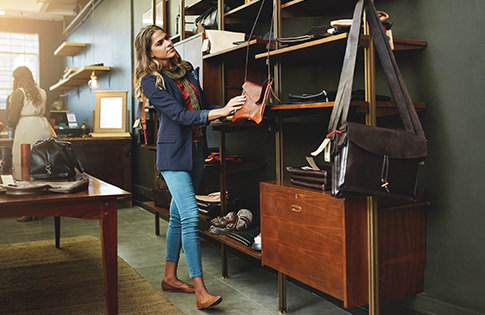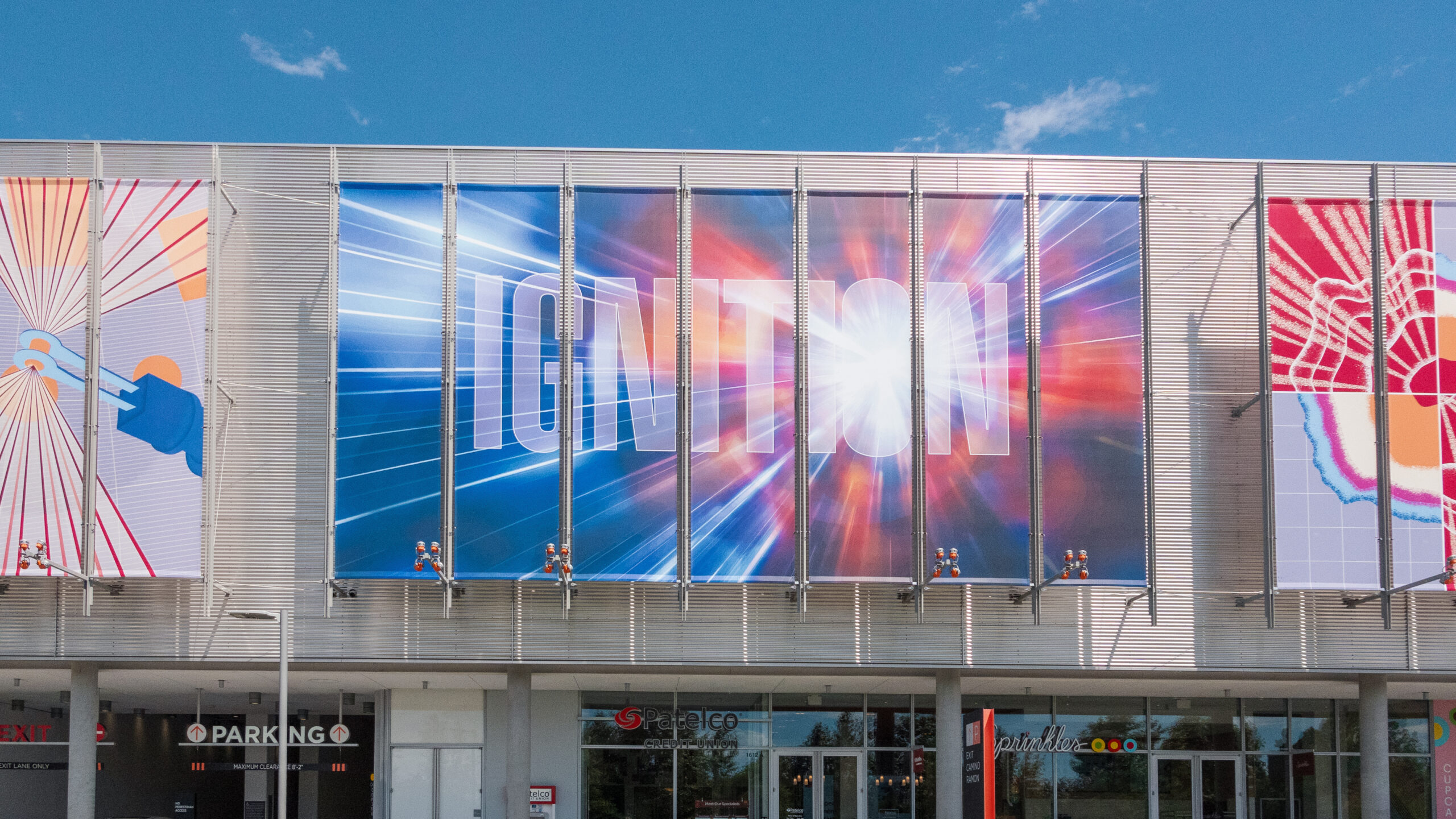
Fusion, which powers the sun, is the process by which two light nuclei combine to form a single heavier nucleus, releasing a large amount of energy. In the 1960s, pioneering scientists at Lawrence Livermore National Laboratory (LLNL) hypothesized that lasers could induce fusion in a laboratory setting. Led by physicist John Nuckolls, LLNL director from 1988 to 1994, this revolutionary idea launched decades of research and development. To pursue this concept, LLNL built a series of increasingly powerful laser systems, leading to the creation of the National Ignition Facility (NIF), the world’s most energetic laser system. Operational since 2009, NIF is the size of a sports stadium and uses 192 powerful laser beams to create extreme temperatures and pressures like those found in the cores of stars and planets, and inside exploding nuclear weapons.
On Dec. 5, 2022, LLNL made history, demonstrating fusion ignition for the first time in a laboratory setting—an achievement more than 60 years in the making. LLNL has since repeated this feat at higher energy levels. Fusion ignition—the process of producing more energy from fusion than the laser energy used to drive it—provides unprecedented capability to support the National Nuclear Security Administration’s Stockpile Stewardship Program and provide invaluable insights into the prospects of clean fusion energy. Achieving ignition was made possible by dedication from LLNL employees as well as countless collaborators at Los Alamos National Laboratory, Sandia National Laboratories and Nevada National Security Site; General Atomics; academic institutions, including the University of Rochester’s Laboratory for Laser Energetics, the Massachusetts Institute of Technology, the University of California, Berkeley, and Princeton University; international partners, including the United Kingdom’s Atomic Weapons Establishment and the French Alternative Energies and Atomic Energy Commission; and stakeholders at DOE and NNSA and in Congress. This artwork highlights foundational elements of science and technology that made fusion ignition possible as well as the collaborations that enabled this achievement.

Lasers
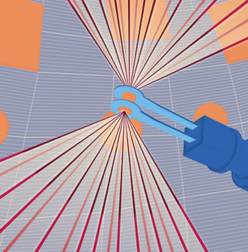
NIF’s 192 lasers converge on a target the size of a pencil eraser, resulting in temperatures hotter than the center of the sun to achieve fusion ignition.
Computer Modeling and Simulation

Some of the most high-powered computers on the planet analyze the results of NIF experiments. That data then feeds our modeling and simulation codes to help plan future campaigns.
Experimental Design
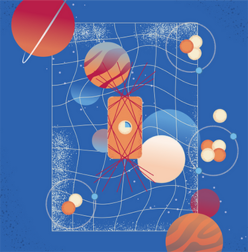
NIF experiments advance national security through the Stockpile Stewardship Program.
Diagnostics

Sophisticated sensors capture important data from the fusion reaction over the span of billionths of a second.
Optics
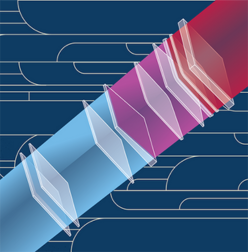
This beamline contains bespoke, intricately placed laser glass that shapes the path and intensity of NIF’s laser beams.
Target Fabrication
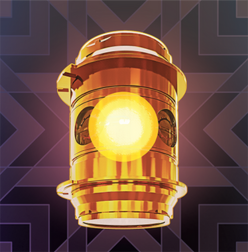
Under the right conditions, these exquisitely engineered NIF targets can be transformed into a miniature star.
Collaborators and Partners
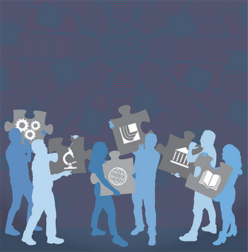
No one institution makes fusion ignition happen. This design represents the partnerships and collaborations between LLNL and academia, industry, government, national laboratories, and international partners.
People

The Lab’s people are its greatest asset. Here, real-life silhouettes of Lab team members stand in front of the NIF target chamber, where ignition takes place.
About the artists
John Jett and James Wickboldt are artists at Lawrence Livermore National Laboratory.
Wickboldt, a San Ramon native, has worked at LLNL since 2017. His artwork is extensively featured in LLNL publications, presentations and signage around the laboratory and has been featured in publications including The New York Times.
More information:
https://www.llnl.gov/news/ignition
https://www.youtube.com/watch?v=6Eh2rZAD6uc
https://lasers.llnl.gov/content/assets/docs/education/LLNL-NIF-comic-2.pdf
